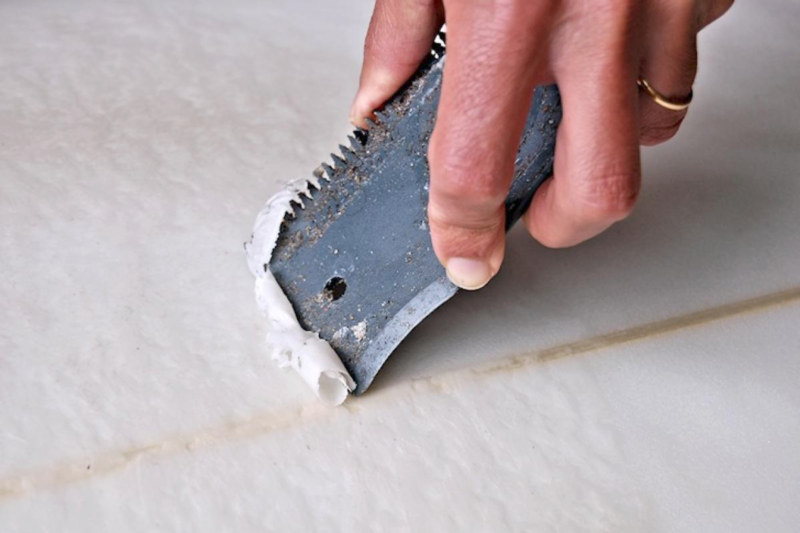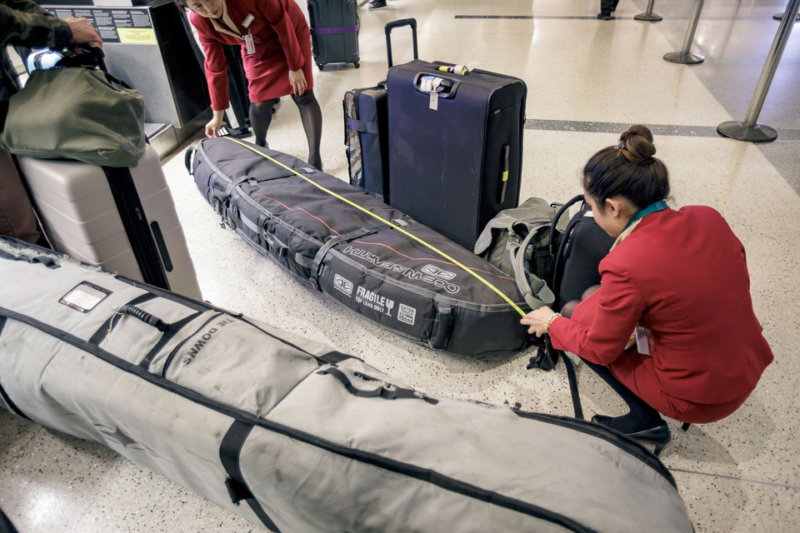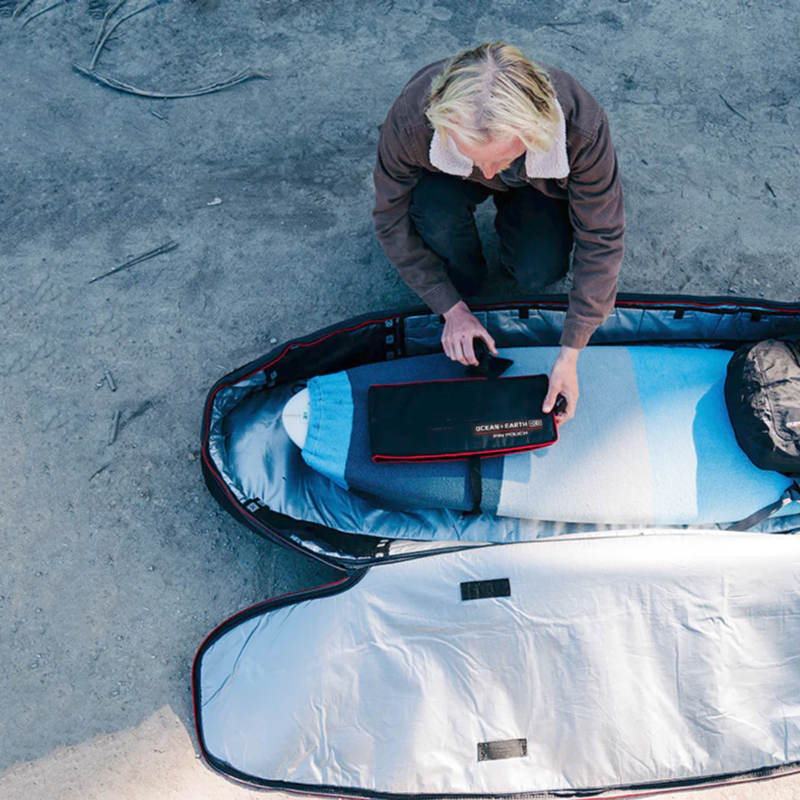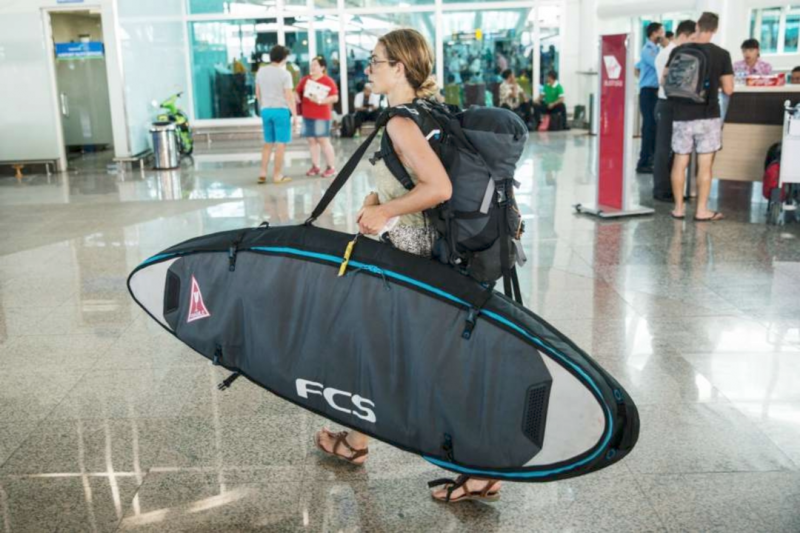Your cart is currently empty!
Traveling with a surfboard can be an exciting adventure for surf enthusiasts. Whether you’re planning a tropical getaway or chasing waves across different coastlines, bringing your own surfboard allows you to ride familiar waves and maintain your surfing style. However, traveling with a surfboard requires careful planning and consideration. In this guide, we’ll provide you with essential tips to ensure a smooth and hassle-free journey with your beloved surfboard.
1. Choose the Right Travel Bag
Investing in a quality travel bag is crucial for protecting your surfboard during transit. There are two main types of bags to consider: soft bags and hard cases. Soft bags are lightweight and provide basic protection, suitable for shorter trips and budget-conscious travelers. On the other hand, hard cases offer superior protection and are ideal for long-haul journeys or when flying with multiple connecting flights. Whichever type you choose, ensure it has ample padding, durable materials, and secure fastenings.
2. Prepare and Secure Your Board
Before packing your surfboard, thoroughly inspect it for any dings or cracks. Repair any damages to prevent them from worsening during transit. Clean the board and remove any wax to avoid melting or damage. Apply a board protection film or bubble wrap to provide an extra layer of protection. Additionally, consider using a board sock or a lightweight board bag for added protection against scratches.
3. Know Your Airline’s Policy
Each airline has specific guidelines and policies regarding surfboard transportation. Check your airline’s website or contact them directly to understand their rules regarding board size, weight restrictions, additional fees, and packaging requirements. It’s important to be aware of any restrictions or limitations beforehand to avoid last-minute surprises and potential extra charges.
4. Pack Strategically
When packing your surfboard, ensure it is properly secured inside the bag or case. Place it in the center, away from the edges, and add padding around it to prevent movement during transit. Utilize towels, clothes, or bubble wrap to fill any gaps and provide cushioning. Remember to pack any removable fins separately, and consider using fin protectors or a padded fin wallet to prevent damage.
5. Consider Board Rental or Shipping
If you’re traveling to a popular surf destination and your trip is short, it might be worth considering renting a surfboard. This eliminates the hassle of transporting your own board, and you can choose from a variety of boards suited to the local conditions. Another option is to ship your board to your destination in advance, especially for longer trips or if you’re traveling internationally. Shipping your surfboard can be cost-effective and reduces the stress of carrying it through airports.
6. Arrive Early and Communicate
On the day of your flight, arrive at the airport early to allow ample time for check-in and potential complications. Clearly communicate with airline staff that you’re traveling with a surfboard and inquire about any specific procedures or instructions they may have. Being proactive and cooperative will help ensure a smoother experience.
Travelling with a surfboard can be an enriching experience, providing you with the opportunity to explore new surf breaks and enjoy the waves you love. By following these essential tips, you can ensure your surfboard arrives safely at your destination, allowing you to focus on the excitement of catching waves and creating unforgettable memories. So, pack your board with care, know the rules, and embark on your next surf adventure with confidence!







Leave a Reply